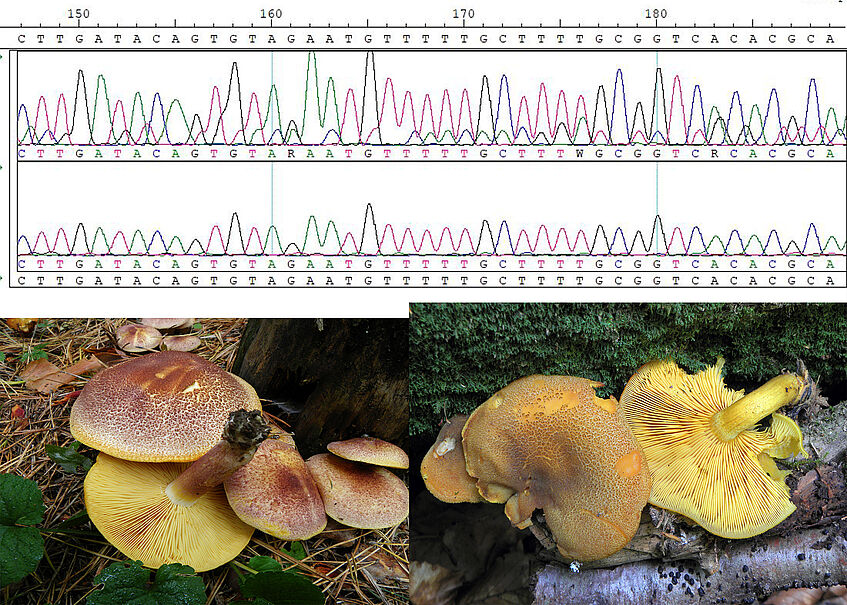SS 2020: Drivers of plant and fungal diversity: from genomes to biomes
Repetitive DNA profiles in the moss Funaria hygrometrica
Repetitive DNA is an important and often dominant component in angiosperm genomes. Very little is, however, known about the genomic landscape of repetitive DNA families in Bryophytes. In this projects NGS (Illumina) genome skimming data of the moss Funaria hygrometrica will be analysed, including clustering via the dedicated RepeatExporer pipeline as well as annotation and characterization of the repetitive element types populating the moss genome. The project will provide first comprehensive insights into the repetitome of Bryophytes.
Supervisors: Hanna Schneeweiss
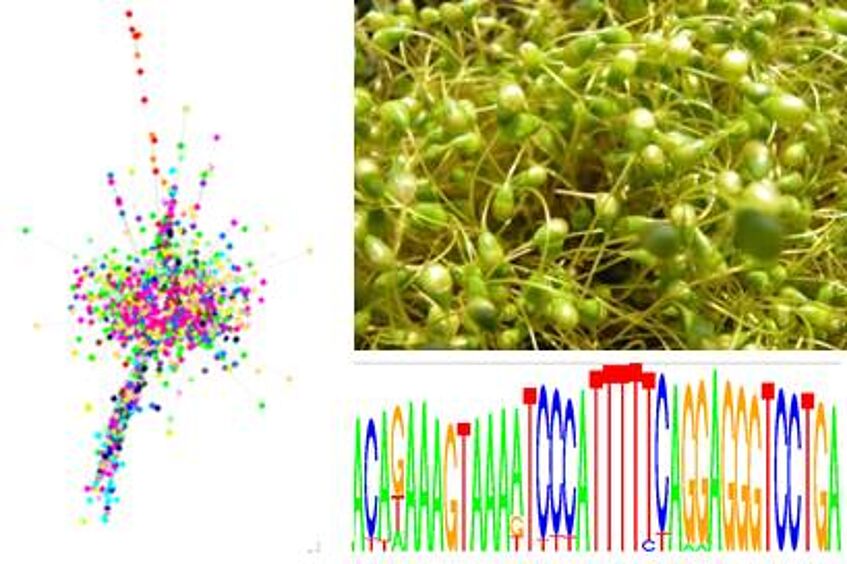
Structure and function of carnivorous plants
Carnivorous plants supplement their mineral nutrition by absorbing different elements from animals. For this aim, they have developed trap organs that carry glandular cells producing trapping mucilage and digestive enzymes. Also nutrient uptake often occurs via gland cells. Main topics include morphology and anatomy of the traps, structure of glandular systems, production of attractants and signaling, production of digestive enzymes, uptake of digested proteins, and movement of leaves upon signals from animals.
Supervisor: Irene Lichtscheidl

Analyses of endopolyploidy in the moss Funaria hygrometrica under heavy metal stress conditions
Endopolyploidy refers to the presence of cells or tissues varying in ploidy level within one individual. It has been shown that the endopolyploidy is species-specific and that its patterns can be influenced genetically as well as by various stress factors. In the current project aims the patterns of endopolyploidy in axenic cultures (i.e., cultures free of any other organism) of the moss Funaria hygrometrica, grown on neutral medium and on medium containing heavy metals, will be comparatively analyzed. To this end, a number of techniques, inclduing light and fluorescence microscopy, tissue culture and staining techniques as well as flow cytometry and classical cytology, will be applied.
Supervisors: Ingeborg Lang & Hanna Schneeweiss
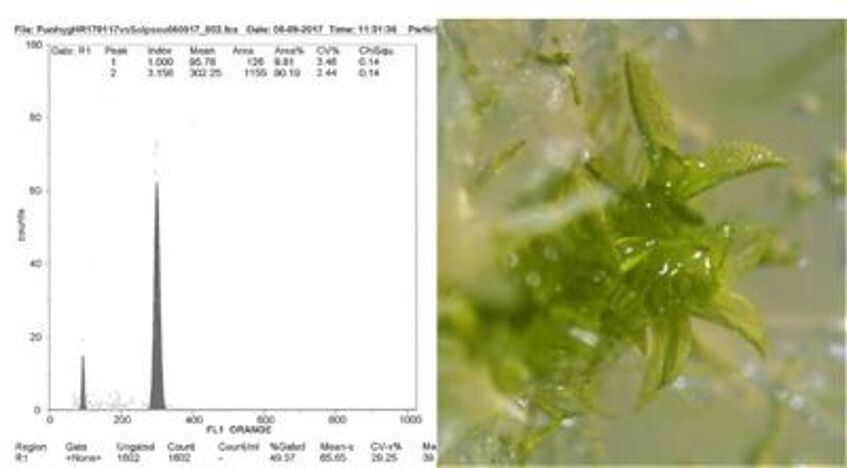
A comparison between PAM‐fluorescence and primary productivity
Pulse-Amplitude Modulation (PAM) is a technique permitting chlorophyll fluorescence to be measured quickly and in a non-invasive manner. This project will address the question whether the PAM-fluorescence technique can be used to provide reliable information of the health status in microalgae.
Supervisor: Michael Schagerl
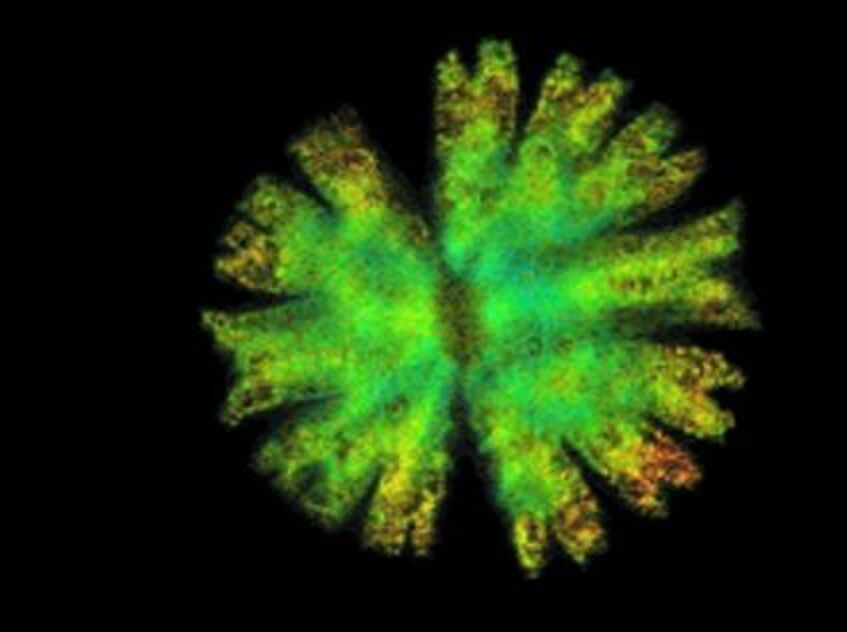
Origin and evolution of polyploid species in Melampodium (Asteraceae)
The origin of polyploids and its impact on the dynamics of plant genome evolution is of major interest in evolutionary botany. In this project RAD-seq data will be used to establish the phylogenetic framework in which the recurrent and nested origin of polyploids (tetraploids and hexaploids) will be tested. Furthermore, these data will form the basis for identifying the geographic origin and its possible ecological correlates of the polyploids.
Supervisors: Hanna Schneeweiss & Gerald M. Schneeweiss
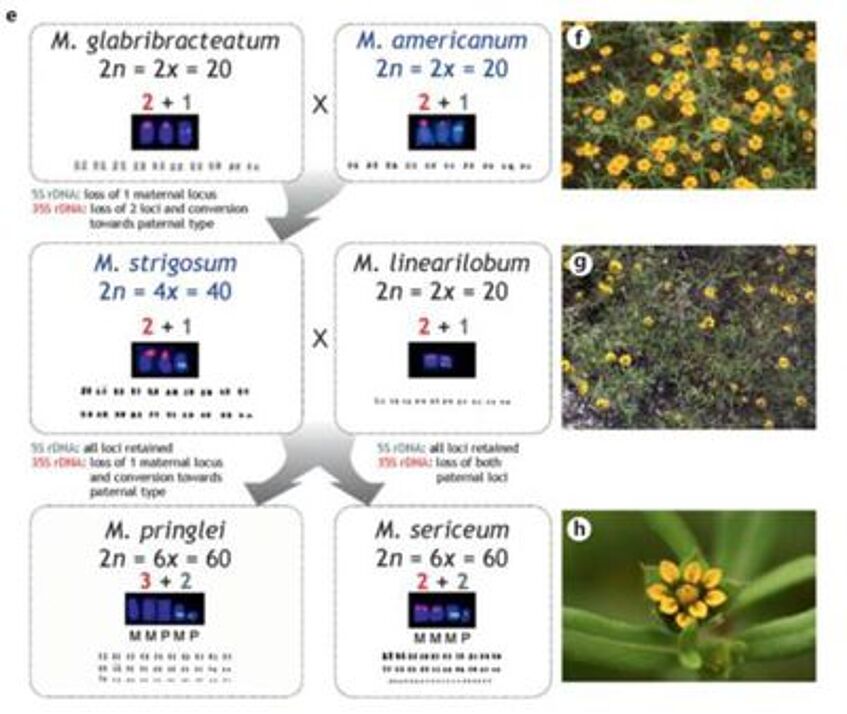
Structure and function of heavy metal tolerant plants
Many heavy metals are important micro-nutrients, but all become toxic if they are in too high concentration. Some plants, however, have developed strategies to deal with this difficult environmental situation. Topics offered include different strategies (tolerant plants, metal accumulators, excluders) as well as interactions of plants with soil microbes.
Supervisor: Irene Lichtscheidl
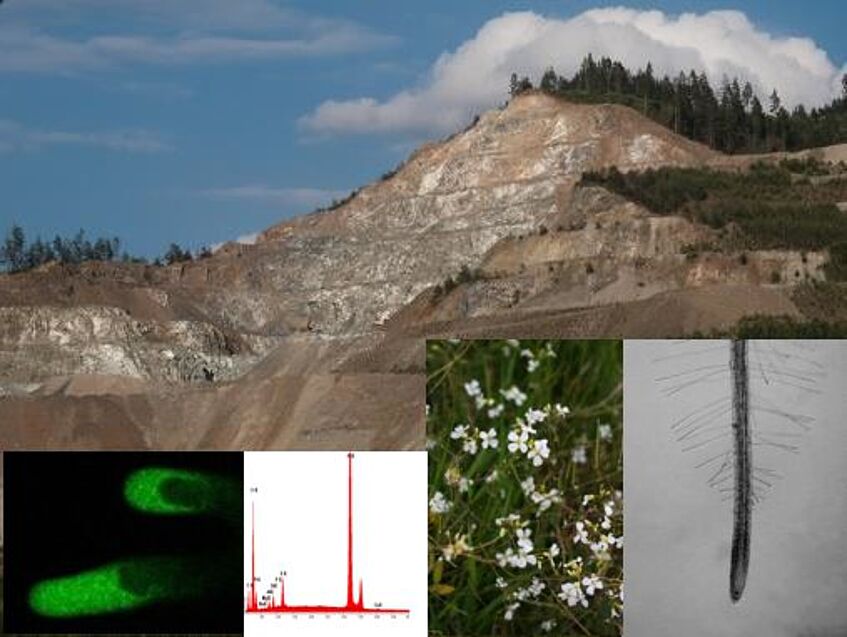
Microevolutionary adaptations to altitutidinal shifts in pollinator communities
Pollinator communities vary markedly between low and high elevations and plant species which occur across large altitudinal gradients offer excellent model systems for studying microevolutionary adaptations to such changing pollinator communities. Phyteuma orbiculare (Campanulaceae) is one such species, representing a broadly generalized pollination strategy (bees, flies, beetles, butterflies). So far, no study has investigated how these pollinator assemblages change along altitudinal gradients and whether populations adapt to these changes through modifications in floral attractor cues (i.e. colour, scent, inflorescence size), reward size (i.e. nectar amount) and floral morphological traits mediating pollen transfer to pollinators (i.e. stigma length). In this project these questions will be addressed using field observations of pollinators, pollinator identification and morphological (morphometric) lab work.
Supervisor: Agnes Dellinger & Gerald M. Schneeweiss
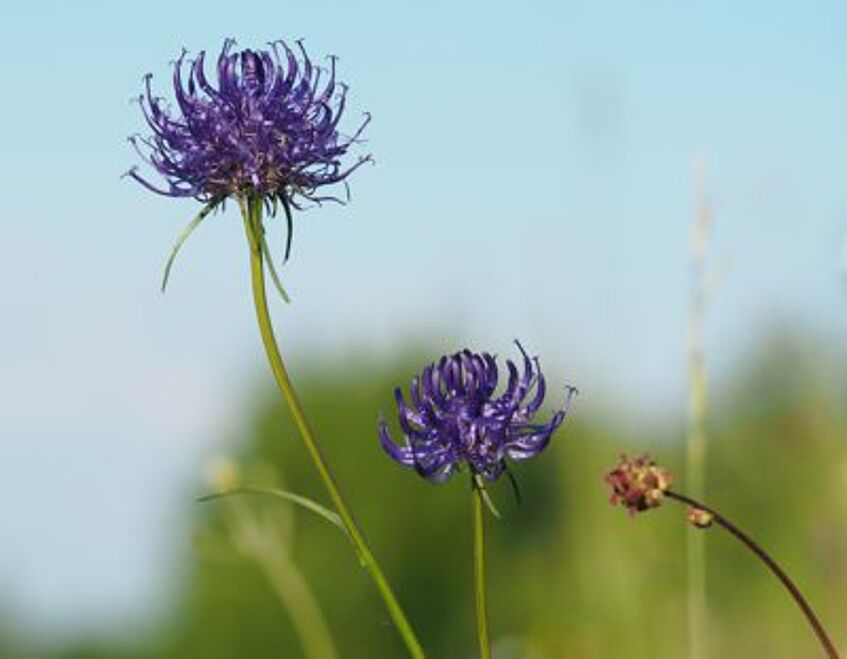
Microscopy of Geranium petals: old observations and new techniques
Early microscopist Mary Ward (1827-1869) reported microscopic drawings of Geranium flowers. The cells have a peculiar shape and some of them look plasmolysed – a phenomenon that was only described many years later. This Specific Research Project aims to confirm Ward`s observations by light microscopy of Geranium petals using modern microscopic equipment.
Supervisor: Ingeborg Lang
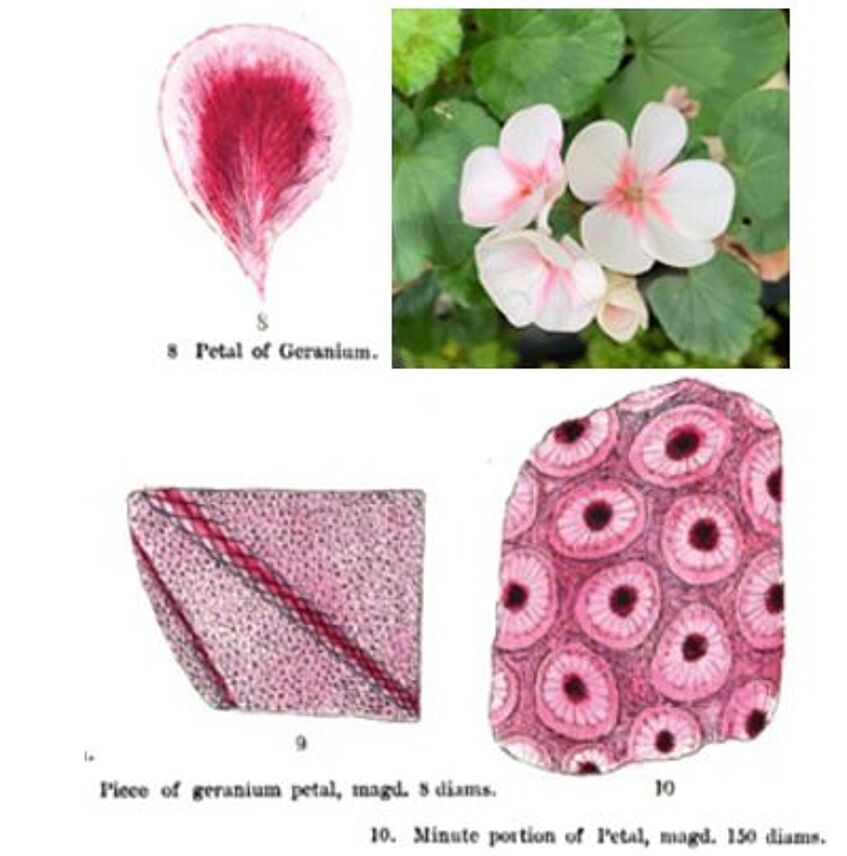
Barcoding the genus Tricholomopsis in Austria
You will generate ITS sequence data and thus contribute to the big ABOL-project. How many species does the small genus Tricholomopsis actually include? Does Tricholomopsis flammula merit species level? Are there cryptic entities in T. rutilans and T. decora? Your source of material will be the fungarium of Vienna University.
Supervisors: Irmgard Greilhuber & Michael Barfuss
